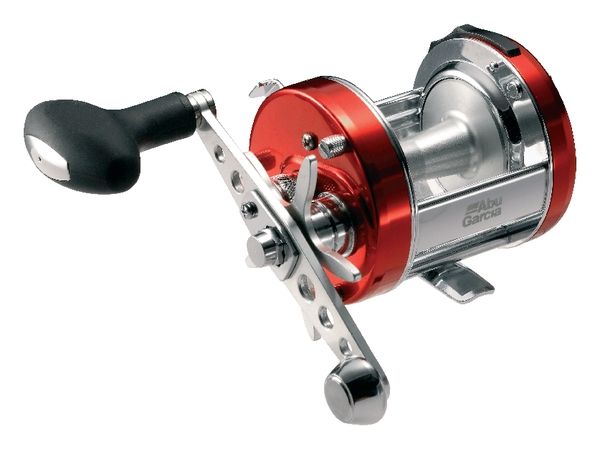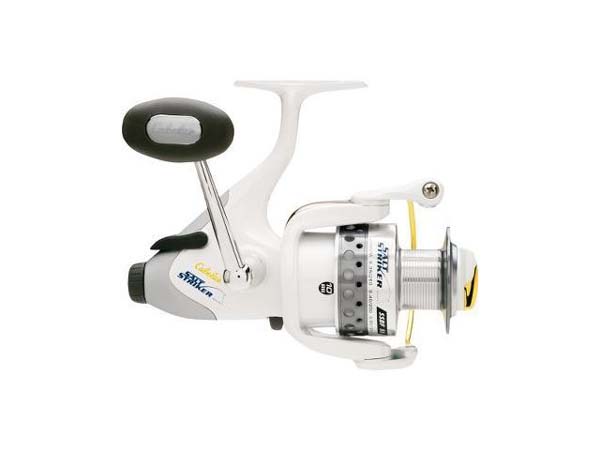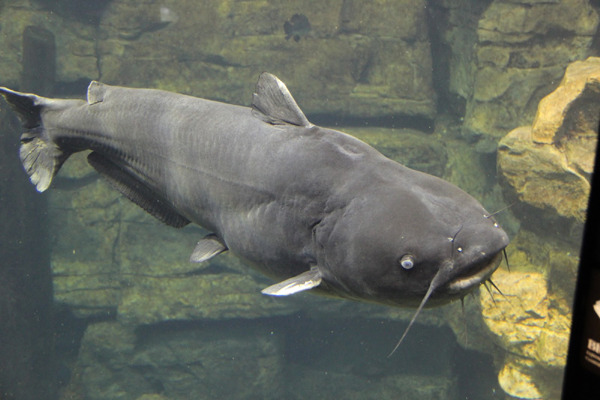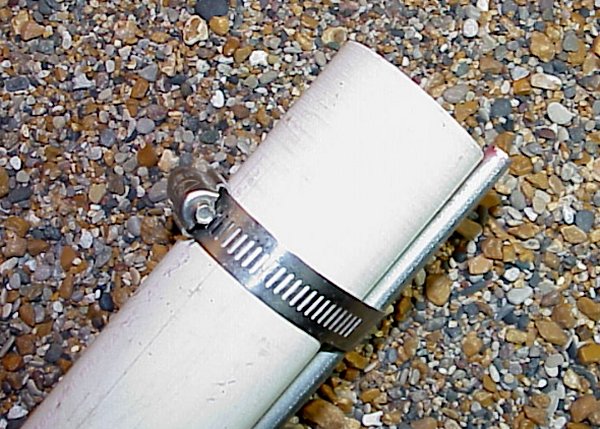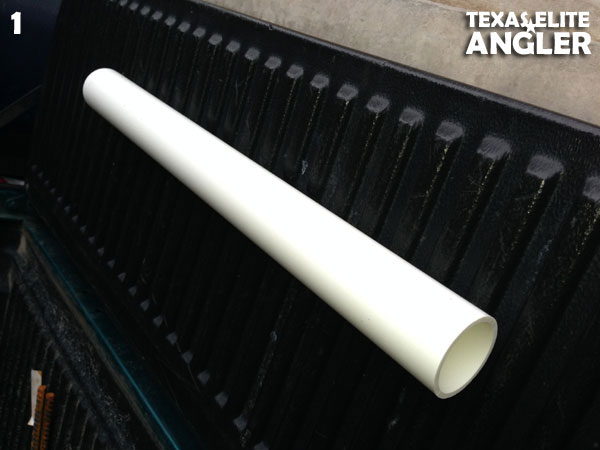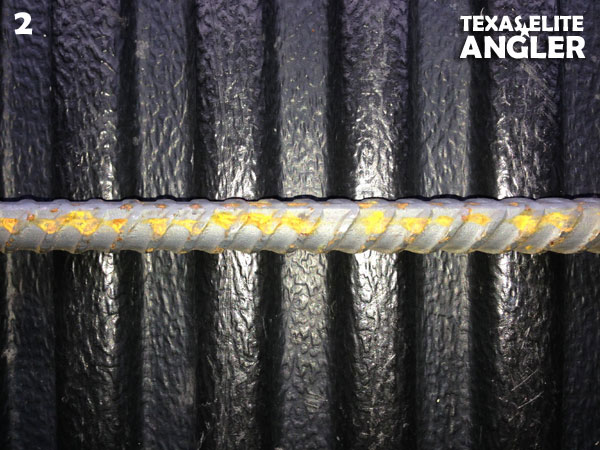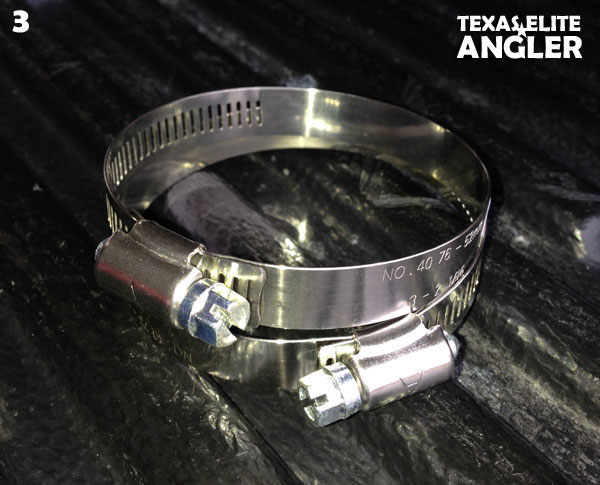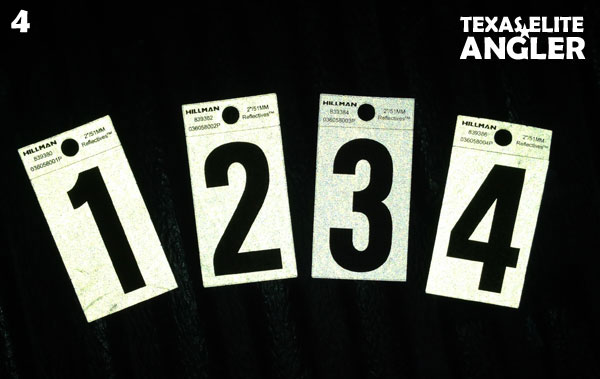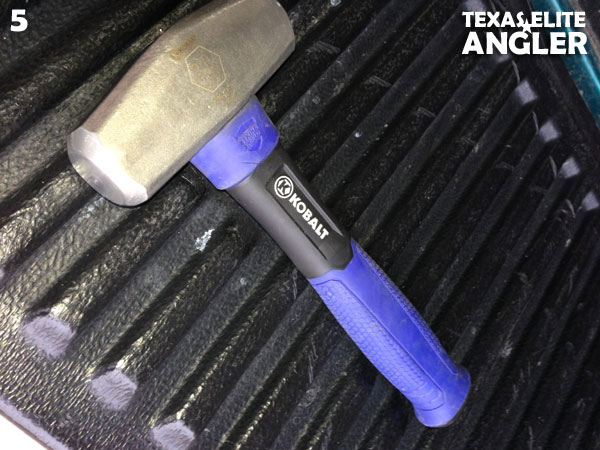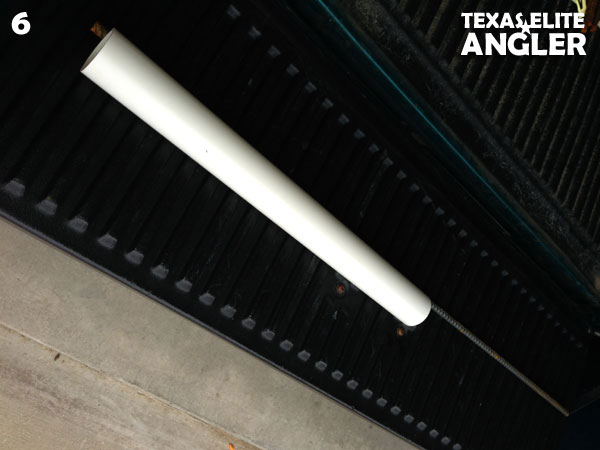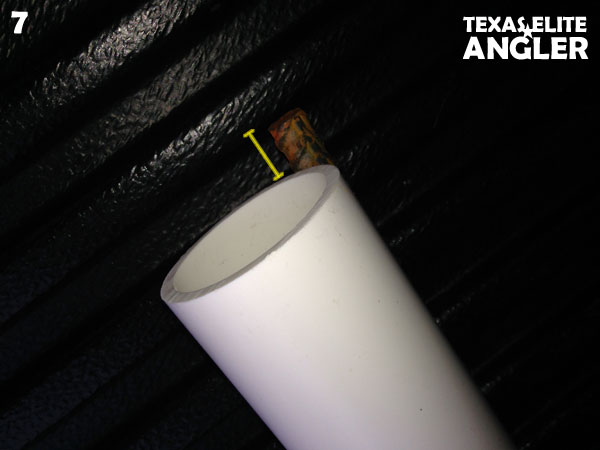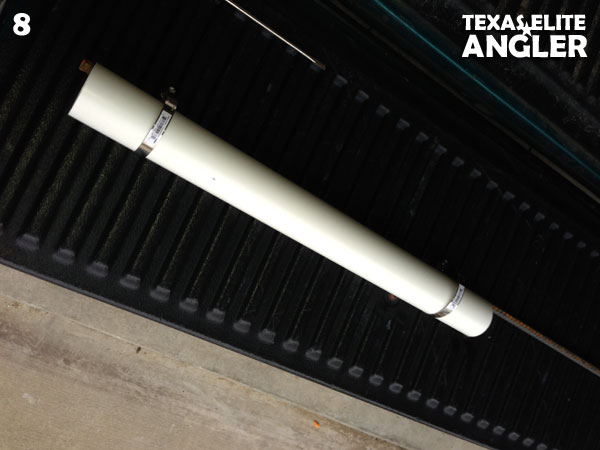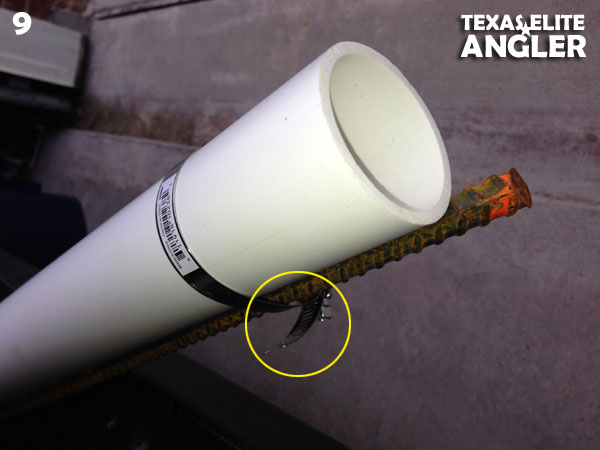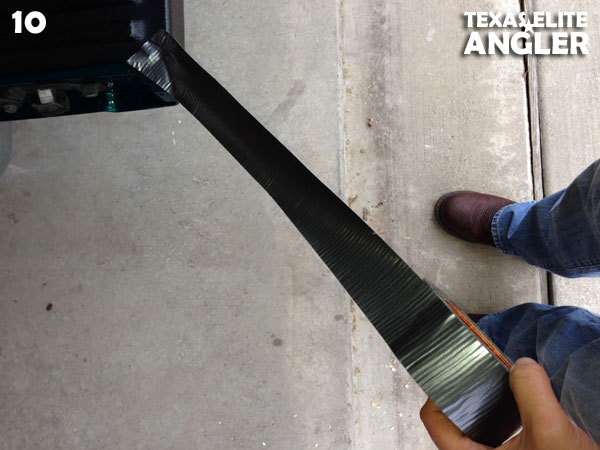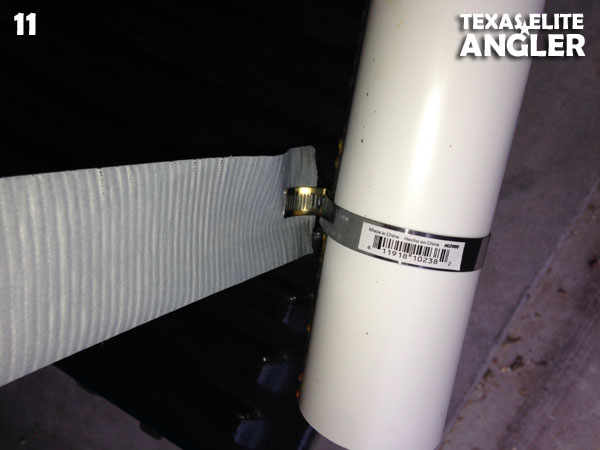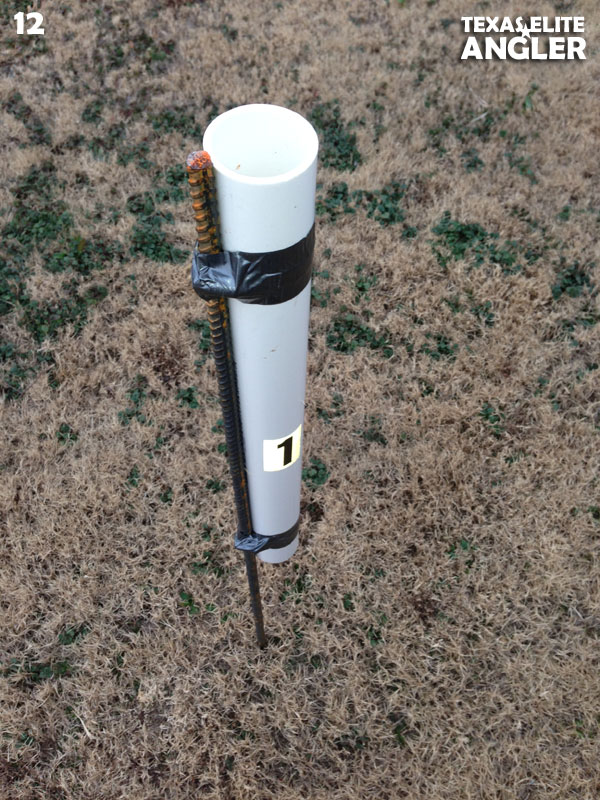Category Archives: Catfish Gear
Catfish Gear :: Reels
The reel is the work horse of the catfishing setup. If you aren’t equipped with the appropriate reel for the size and species of catfish you’re targeting, you may find yourself quite challenged to land the fish. For the weekend pond warrior (common channel cat in the 1 to 4 pound range) bass reels will do the job. You don’t need anything specialized to target these fish. This post is focused on the trophy class blue and flathead catfish. The proverbial lake monsters that cruise our large reservoirs and rivers. A bass setup will simply not perform when a 20+ catfish takes the bait.
When it comes to big kitty reels, you have two choices, Bait Casting or Spinning reels. Spincasters, like the old Zebco’s you used when you were kid, would be obliterated by a large trophy cat. Most serious catfisherman will tell you that baitcasters are the way to go, hands down, but I’m reluctant to say that because I am a firm believer that the proper spinning reel is more than capable of landing the big boys. I’ve landed 50 pounds of fighting fish on a spinning reel and it performed flawlessly.
For trophy catfish you’ll want to consider the full-body baitcasters, not the low-profile versions popular in bass fishing. Low-profile reels tend to have a very shallow spool and you won’t be able to spool up much line when your spooling on 20+ pound test lines. Full-body baitcasters simply have a larger line capacity that will allow you to spool up a significant amount of heavy line needed to cast greater distances and land a brawny blue.
The primary advantage of the baitcaster is casting distance. The line coming straight off the spool with little to no resistance will always net you a longer cast than the spinning reel.
Catfishermen like these big baitcasters for another feature, and that’s the bait clicker. The bait clicker is technically a bite alarm. As a fish takes line, the reel sounds an audible click. Get a good run, and that click will peel out a very satisfying whine. Anyone who watches the rod tips for hours on end will appreciate a bait clicker.
The drag system is the major turn-off for me when it comes to baitcasters. Not to mention the occasional backlash that must be dealt with. When landing big fish, drag is singularly critical. Most baitcasters have a star drag that is very inconvenient to adjust when playing a fish. For me, this is where the spinning reel shines.
While they may not cast as far (Pair your spinning reel with a 10ft or greater rod for all the distance you’ll need), spinning reels have an ease of use factor that I really appreciate. After a half dozen backlash picking sessions you’ll learn to love the simplicity of the spinning reel. In regards to line capacity, spinning reels come in large pit models that will hold a tremendous amount of heavy line. These big pit reels also have a satisfying crank handle and gear ratio.
I’ve heard some anglers complain about the use of the spinning reel with rod holders, but I don’t understand the compliant. I can reel down and rip that spinning reel out of the rod holder just as easy as any other rod. This complaint may be directed more at boat fishing rod holders, but my bank fishing holders work just fine coupled with my spinning reels.
The main advantage of a spinning reel when catfishing is drag manipulation. The large dial drag at the head of the reel is easy to access and adjust as you’re playing a fish. Admittedly, I’m a drag fiddler. I make tweaky adjustments often while playing a fish. If I’m getting a lot of strong lunges, I lighten it up a bit. If I’m working the fish through snags, I tighten up a bit. Spinning reels allow me this critical adjustment when it counts.
Features to Consider When Buying a Reel:
- Line capacity – go far a larger line capacity so you can spool up a good amount of heavy test line.
- Retrieve Ratio – how many times the spool turns per crank on the handle. The higher the ratio, the faster the retrieve. It’s generally better to have a fast retrieve so you can get your bait up off the bottom on retrieve to avoid snagging up or blunting your hook.
- Bearings – The greater the number of bearings the smoother the spool will turn on the cast. A smoother turn over results in longer casts and smoother retrieves.
Choosing The Right Catfish Rod For The Job
Catching a big chunk like the one above takes more than a 6-foot bass rod spooled up with 10lb test mono. While this may slay a feisty largemouth bass, this big blue lake monster would simply trash your gear. To target such a magnificent beast you have to use the right equipment. This means your rod, reel, line and end tackle have to be specifically designed to the task. Your rod selection is a critical component in the record catching equation so it’s important to understand what makes a good catfish rod.
Now, don’t get me wrong, if you’re targeting eater size channels and blue, then a 6-foot bass rig will serve you fine. It will have the sensitivity to detect the bite and enough backbone to land cat after cat in the single digit weights. I’m talking to the anglers who want to go large — the specimen hunters who king-size their end tackle and bait to land the big, trophy-class catfish. To land a memory you need the right rod.
What makes a good catfish rod?
A good catfish rod is going to be beefier than your bass setup. By beefier I mean rod power, or weight. Rod power is defined in terms of Heavy, Medium-heavy, Medium and so on. The heavier the rod the more backbone the rod has. Power provides lift on a fish and will allow you to hoist a fish up from deep water. Knowing this, which rod would you select for big blue cats? Heavy or Medium-heavy, right? You got it, to handle a big catfish you need a lot of backbone to control the fish. A Heavy or medium-heavy rod will do the job. The catch is the heavier the rod the less sensitivity you have which means less bite detection. My preference would be with a Medium-heavy rod so you strike a balance between sensitivity and backbone.
What rod length should I use?
Your choice in rod length will come down to how you plan to fish. If your fishing from a boat where long casting isn’t needed then you can go with a shorter rod, say 7 to 8 feet. If you’re a bank fisherman like me, then you’re going to need a long rod to get your bait out there. A 10 to 13 foot rod is common for bank fishing. You also gain a lot of control over a fish with a longer rod. When fishing from the bank you have to worry about submerged timber and other snags. You’ll be thankful for the control a long rod gives you when you’re trying to steer a big fish away from a stump or boulder.
Is rod action important?
Yes, a rod’s action determines where the rod bends. Fast action rods bend closer to the tip than a slow action rod that will bend closer toward the reel. For catfishing you want a fast or medium-fast action rod. The faster action tip will give you added control over the fish and also helps to choreograph what a fish is doing as it’s poking around your bait. A fast action rod also helps you power into a hook set.
Is a one or two-piece rod better?
If you want to be overly technical, a one piece rod is better. The joint of a two-piece rod can weaken and fail, but if you have the two rod sections seated properly this won’t be an issue. One-piece rods have better sensitivity because there’s not break in the blank like a two-piece but the difference in sensitivity isn’t significant enough to worry about. If you’re fishing long rods 10-feet and over, then two-piece is standard. If you’re fishing 6 or 7 foot rods and have the space in your vehicle to transport that long of a blank, then go for it, otherwise don’t sweat it and go two-piece.
How To Make Your Own Rod Holder For Catfishing
So I’ve been shopping around for a good rod holder for catfishing from the bank. I’ve checked the major outfitters like Cabela’s and Bass Pro Shops, but their sand and surf rod holders just aren’t good enough. I purchased a few to field test and the results were lackluster. The metal stake is flimsy and not positioned well to be struck with a mallet. These rod holders are designed for the beach where the stake can easily penetrate the soil. If you’re trying to drive one of these holders into compact clay or rocky banks, you’ll be sorely disappointed. I’m also fairly confident a trophy-class blue cat could easily bend the ground stake in two if it pulled hard enough. Directing our attention to the plastic body of the holder, it is painted black which is a detractor for night fishing and they didn’t hold up when struck with a rubber mallet. The ends chipped and cracked easily.
Sometimes a fisherman has to take matters into his or her own hands and make their own gear. A short trip to the Lowe’s Home Improvement store and I had everything I needed to make my own rod holders with materials that would hold up to a lot punishment and were quite affordable.
2″ x 24″ – PVC Tube ($4.42 – Item #256099)
I recommend going with the 2″ pvc instead of the 1-1/2 to allow plenty of room for the rod. If your rod is too snug in the tube you won’t be able to free it when you have a big cat loading up the rod.
1/2″ x 48″ Rebar ($2.98 – Item #88830)
I recommend the 1/2″ over the 3/8″ for a sturdier ground stake. The 3/8″ is a bit flimsy.
2 1/4″ to 3″ Hose Clamp – 2ea ($2.04 – Item #62089)
2″ Reflective Mylar Decal ($0.58 – Item #30706)
This is optional, but I wanted to have a reflective component on my rod holder for night fishing. This also allows me to holler, “Rod 3 is taking off!”, and a fishing buddy could easily identify which holder it was.
3lb Drilling Hammer ($14.98 – Item #420307)
You’ll need a heavy mallet with a wide head to drive the rebar into the ground.
Align 48″ rebar ground stake with 24″ pvc tube.
All materials are used at their bought size so no cutting to size is necessary.
Allow for a strike point
Leave a 1/2″ of rebar over the lip of the pvc. This will give you a striking point with the hammer without damaging the PVC.
Align Clamps
Use two clamps to secure the pvc to the rebar.
The tag end of the clamp will be a vicious snag if you don’t secure it or snip it off.
12 to 16″ of good ole’ Duct Tape to the rescue
Tape down the tag end to the body of the tube.
Job done!
At a total of $9.44 per holder (not counting the hammer) you have a good, durable holder that will stand up to fury of a 50 lb blue cat and can be driven into anything but solid rock.
